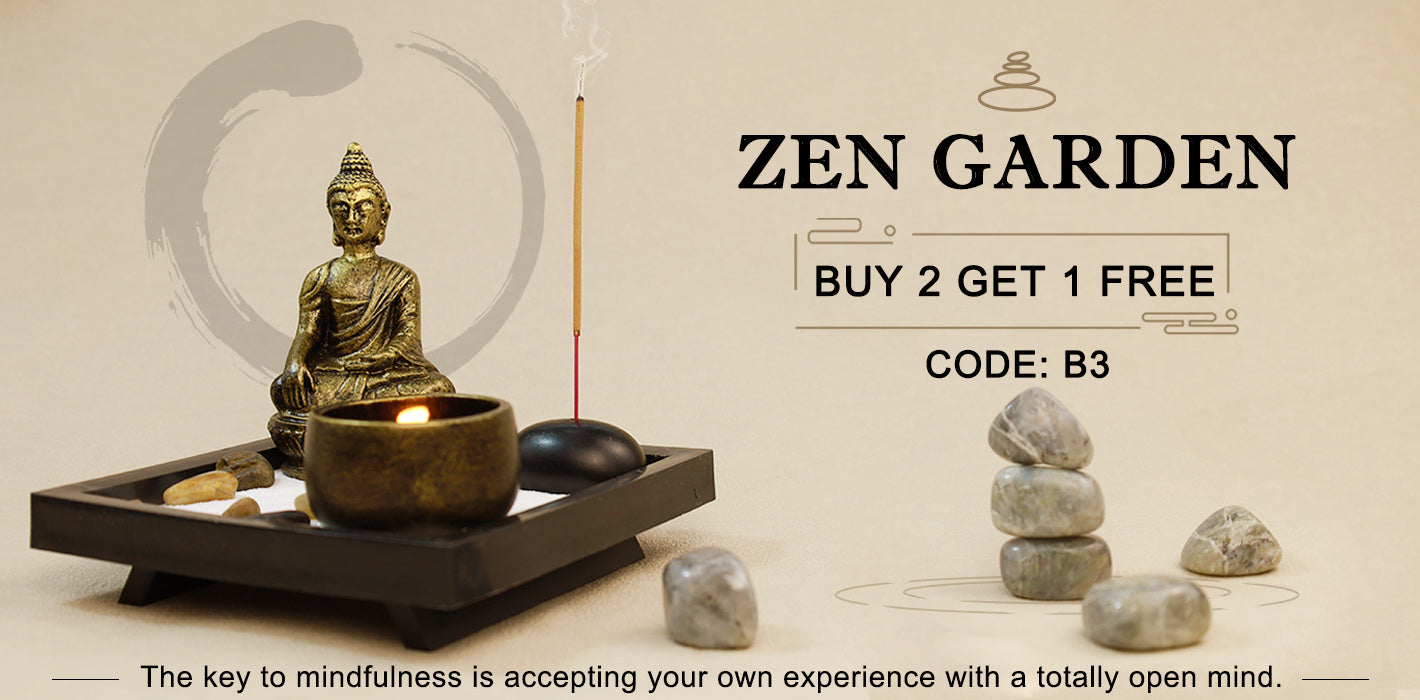
Zen Garden by Buddha Stones is designed to provide a serene and tranquil environment, promoting relaxation and mindfulness. These meticulously crafted meditation tools help reduce stress and enhance meditation practices, making them perfect for individuals seeking inner peace and mental clarity. Ideal for anyone looking to create a calming space for reflection and meditation.
7 products
7 products
















